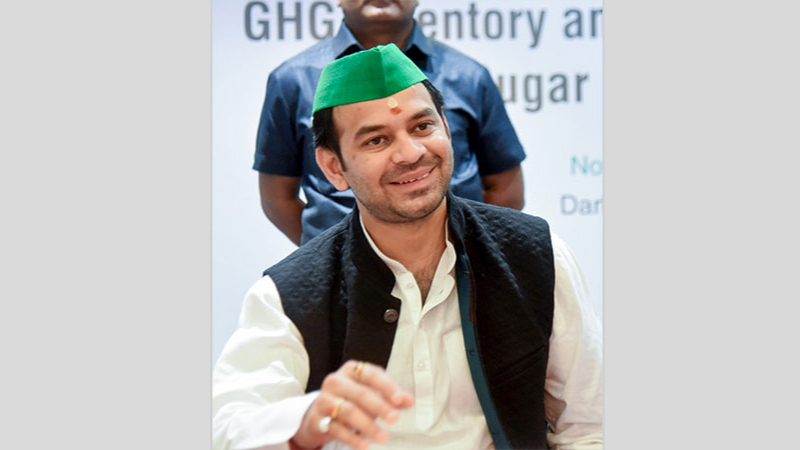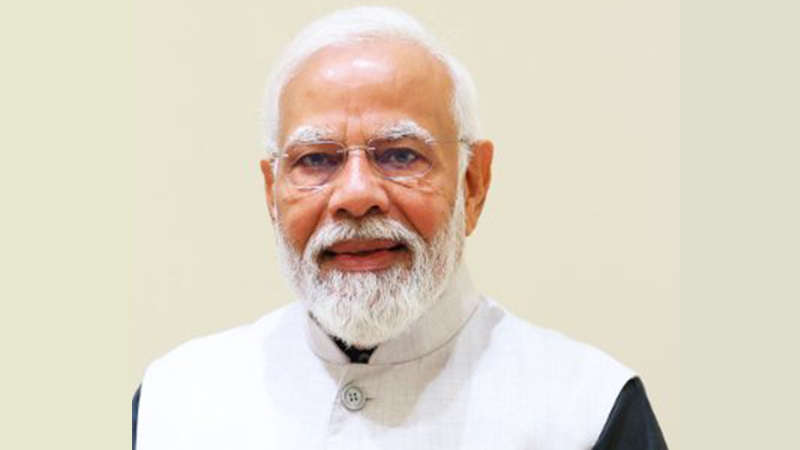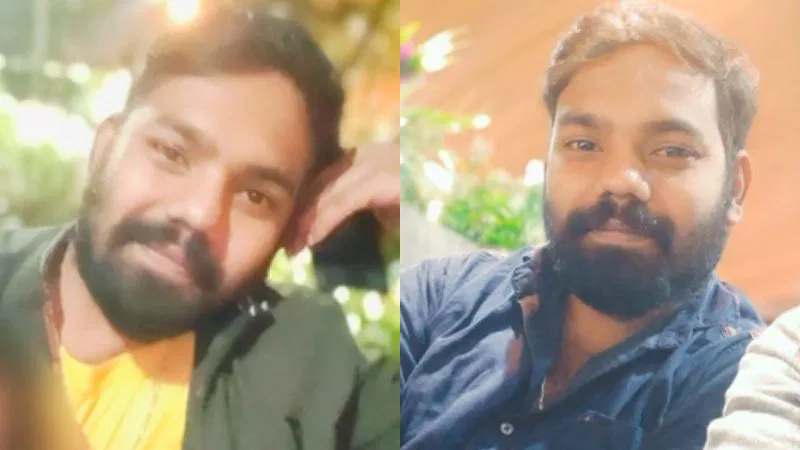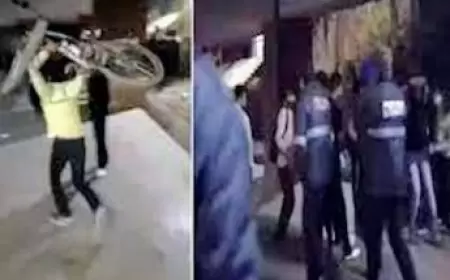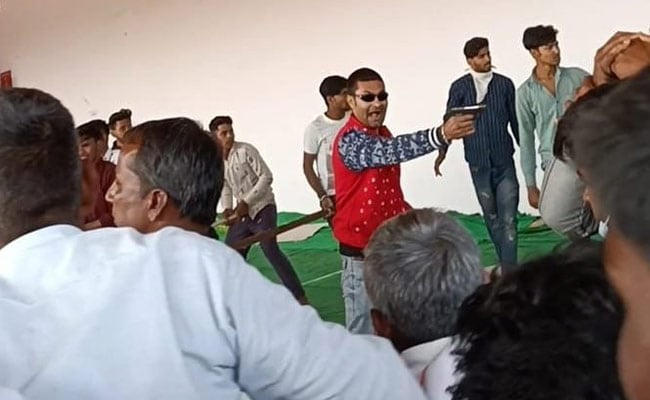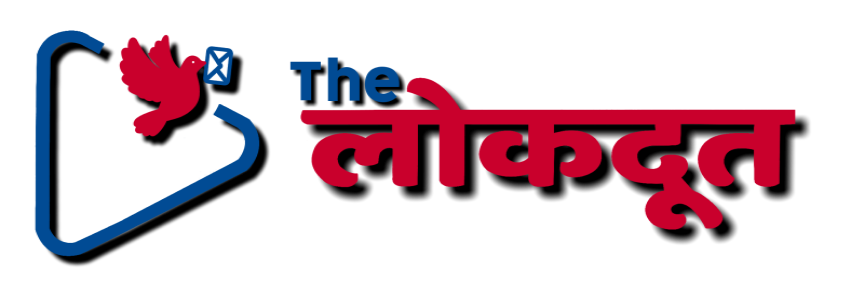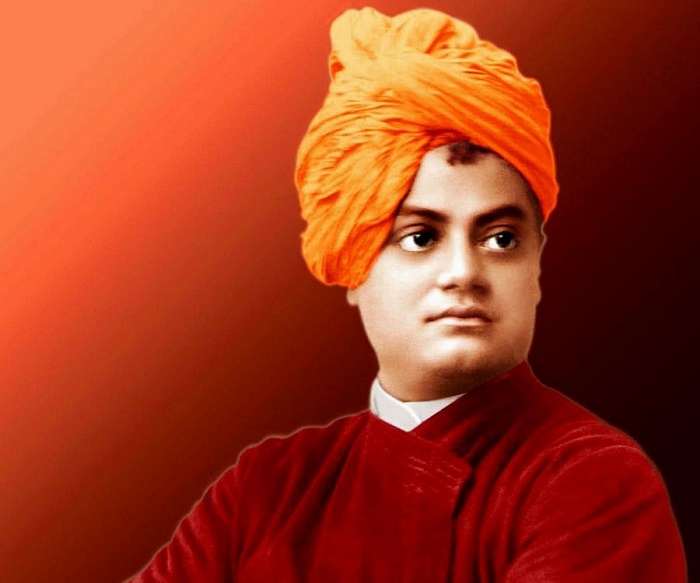The 5th Anniversary of the Uri Terror Attack: A Day to Pay Homage to the Martyrs and Remember the Bravehearts of the Surgical Strike
The Indian Army suffered its worst loss in 20 years in J&K when four heavily armed terrorists launched a grenade attack at a camp in Uri on September 18, 2016.
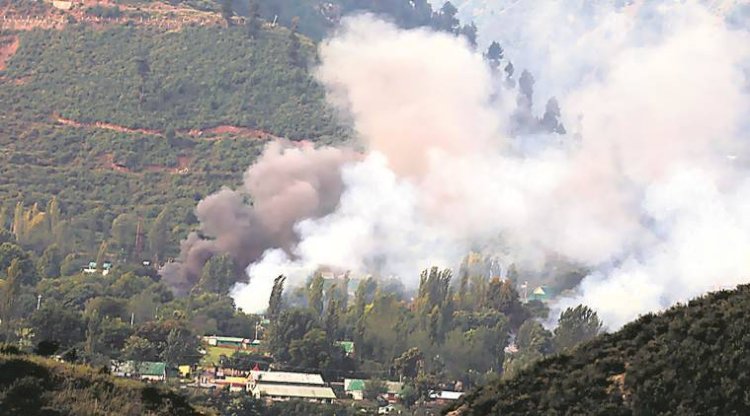
It was 5:30 in the morning when the troops at the headquarters of the Indian Army's 12th Brigade were sleeping, unaware of what was in store for them. More than a dozen incendiary grenades were fired indiscriminately within 3 minutes. What followed was a series of explosions, including one LPG cylinder inside the cookhouse engulfing a couple of tents. Underprepared soldiers and the terrorists continued fighting for almost 6 hours until all four were shot dead. Before the special forces could reach the location, the damage was already done.
In the worst attack in J&K in 20 years, 18-19 soldiers were killed
After some time, the picture became clearer. Four Jaish-e-Mohammad terrorists, heavily armed with grenades and equipped with proper planning, crossed the LoC, trekked for about six kilometres, breached a heavily guarded military camp in the Uri town of Jammu and Kashmir, and launched a massive grenade attack, taking a toll of 18-19 soldiers and injuring around 30 others. However, a year later, the then NIA DG Sharad Kumar said at a press meet organised to commemorate its Raising Day in January 2017, "Evidence collected till now suggests that the Uri attack was carried out by LeT operatives (and not JeM)." Later investigation revealed that the terrorists were carrying AK-47 rifles that had grenade launchers clipped under their barrels.
The scene at Uri was grim
(Retd) Lieutenant General Satish Dua in his book ‘India’s Braveheart: Untold Stories From The Indian Army’ writes, "The scene at Uri was grim. The firing had stopped but the fires were still raging." Few excerpts from the book bear witness to the scale of damage caused by the attack. He says, "If terrorists attacked a military base in person, then they were likely on a suicide mission. And when a man comes prepared to die, he will cause great damage and heavy casualties before he does."
The change in battalion increased vulnerability
Pointing out the vulnerability of the soldiers then, Satish Dua writes, "A change of battalion had been in progress. During this period of transfer, soldiers from both battalions (outgoing and incoming) spend a couple of weeks together to familiarize the incoming troops with the terrain and peculiarities of the LoC. At this time, there are double the usual number of soldiers on all posts. At the Uri base too, there was a concentration of troops from both battalions, with some of them accommodated in tents."
A Surgical Strike
High-level meetings started in the political circles and everybody within a short while was aware that something big was going to happen. On 29th September 2016, Indian Director General of Military Operations (DGMO) Lt Gen Ranbir Singh said in a press briefing, "Based on very credible and specific information which we received yesterday that some terrorist teams had positioned themselves at launchpads along the Line of Control with an aim to carry out infiltration and terrorist strikes in Jammu & Kashmir and in various other metros in our country, the Indian army conducted surgical strikes last night at these launch pads."
10 days after the terror attack, followed by rigorous planning, the Indian army, under the direction of NSA Ajit Doval, launched a Surgical Strike. On the intervening night of 28-29 September, a Special Team of 150 commandos were dropped near LoC using M-27 helicopters. 25 para commandos crawled 3 km inside PoK. An operation running from 12:30 at night to 4 a.m. attacked 6 terrorist camps and killed 38 terrorists.
A Well-Planned Operation
During the planning of the surgical strike, the launching pads of the terrorists were under the watch of RAW and Military Intelligence for almost a week. The terrorists had several launch pads located in the Bhimber, Kel, Tattapani, and Lipa areas. Additionally, Indian commandos were equipped with M-4 rifles, grenades, smoke grenades, an under-barrel grenade launcher, night vision devices, and helmet-mounted cameras.
In an interview with the ANI in 2019, Mr. Modi said that while talking to the Army, he realised that they wanted justice for their martyred soldiers and the government gave them the "free hand" to plan and execute the surgical strikes.
However, after the attack and the subsequent surgical strike, many opposition parties doubted the authenticity of the operation. Arvind Kejriwal on October 4th, 2016 tweeted, "BJP I believe you. But international media publishing Pak propaganda say that no strike took place. Let’s expose Pak propaganda."
